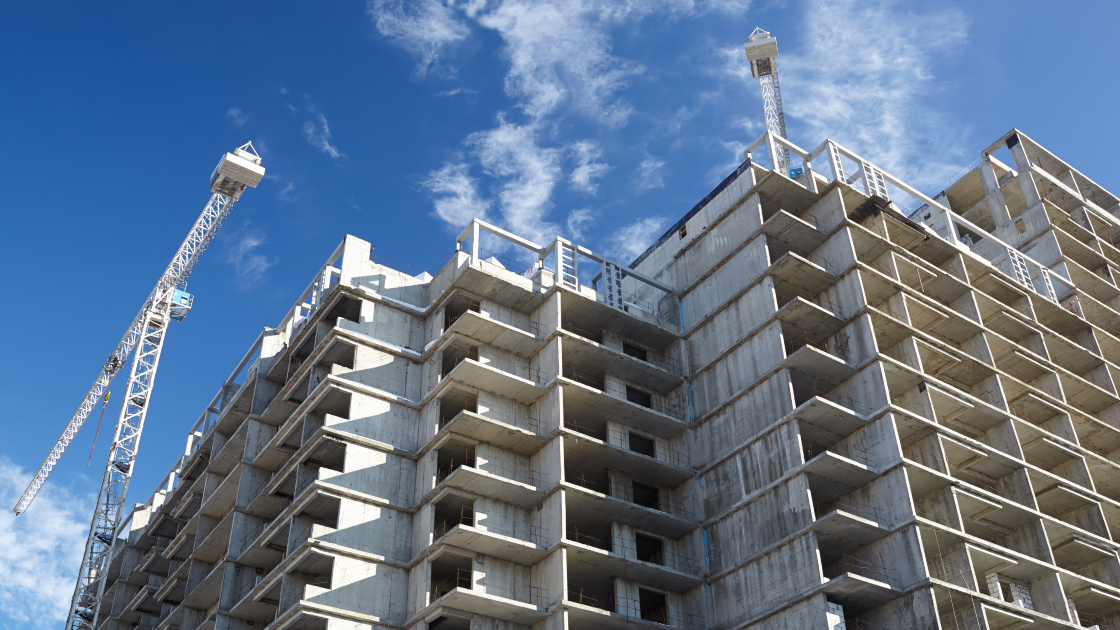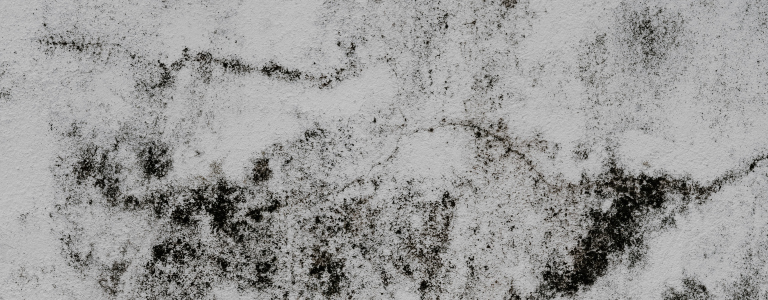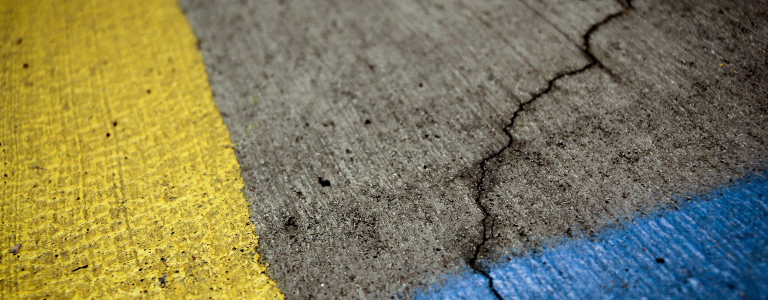
Concrete waterproofing is vital in protecting your building’s condition. This is because water damage can affect the integrity, survivability, liveability and aesthetics of concrete structures.
By ensuring that concrete is properly protected from the elements, costly repairs and public safety hazards can be avoided.
Here are some signs that your concrete may be compromised:
Mould
It is important for public safety to protect buildings from moulds, which can grow in damp areas of concrete that are unprotected from waterproofing.
This is a concern in areas that are frequently visited by people or animals. Mould spores present a very serious health concern and can pose a danger to nearby residents, especially those with asthma or allergies.
Mould can also devalue a property significantly and cause residents to move out or hinder resale. But having a waterproofed building will decrease the likelihood of mould formation.
Concrete cancer
Concrete structures often have embedded reinforcements to improve structural integrity called rebars (reinforcing bars).
If concrete is not properly waterproofed, rebars can be compromised by having water seep into them.
Rebars can react to water, forcing them to expand and break apart concrete from within. It can sometimes be impossible to diagnose this issue before it is too late.
Concrete cancers should be your number one concern with any project that requires load-bearing or tensile tested structures including, but not limited to, walls, rooftops, retaining walls and balconies.
This obviously can have serious safety concerns. Waterproofing eliminates the chance of water damaging internal concrete structures.
Signs of concrete cancer include:
Spalling – This occurs when concrete chips away. The main symptom is flaking concrete from the affected area and the presence of red rust.
At this point, it is possible that the concrete has suffered ‘carbonation’. This is the reaction between the concrete and carbon dioxide in the air, allowing water to seep in.
Certain cases of spalling can be remedied with concrete waterproofing if they are caught in time.
Cracks/deformities – If your concrete has begun to warp or crack, it is possible that water has seeped in through unnoticed areas that have been neglected or improperly waterproofed.
It may not be possible to remedy the situation without replacing the affected area and ensuring that the replacements are properly waterproofed.
When it comes to large or small scale concrete structures, the best cure for water damage will always be prevention.
Titan Waterproofing offers a variety of methods of waterproofing – from torch on sheet membranes, liquid membranes, joint sealing and epoxy coatings.
Give us a call today at 1300 761 219 to find out how our skilled waterproofers in Sydney can protect and repair your building and residents.


